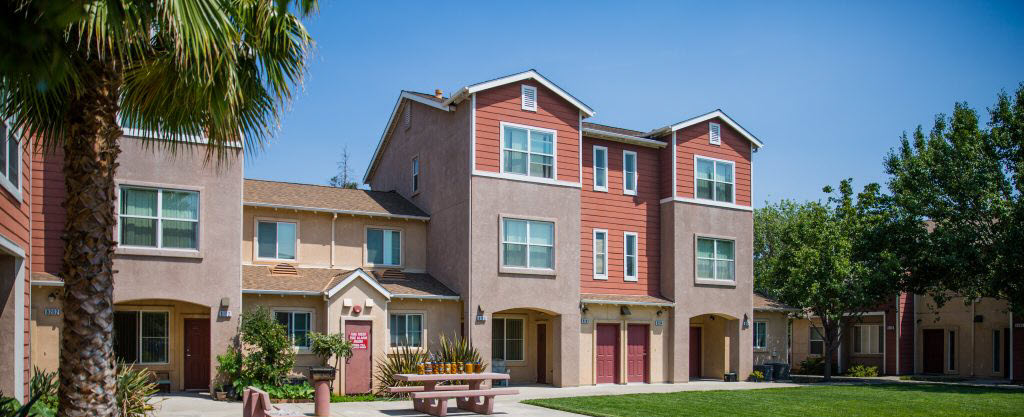
 By David M. Greenwald
By David M. Greenwald
Executive Editor
One of the biggest barriers to building affordable housing is cost. While locally we have pondered where affordable housing will go, there are remedies even to Measure J if we can find a way to finance the projects.
But with the loss of RDA (Redevelopment Agency) a decade ago and the soaring costs of construction, even getting approvals might not be enough.
A week ago, the LA Times sounded the alarm. A story found that the cost of building just one unit was now over $1 million.
“More than half a dozen affordable housing projects in California are costing more than $1 million per apartment to build, a record-breaking sum that makes it harder to house the growing numbers of low-income Californians who need help paying rent,” the story found.
They looked at seven subsidized housing developments, all in Northern California, all received funding from the state and are under construction or about to break ground. In total, these will provide housing for  about 600 families.
about 600 families.
“But,” as the Times points out, “their exorbitant price tags mean that taxpayers are subsidizing fewer apartments than they otherwise could while waiting lists of renters needing affordable housing continue to grow.”
“That is untenable,” said Assemblyman Tim Grayson (D-Concord), who is writing legislation aimed at simplifying state affordable housing financing. “That is not a sustainable model. We have got to do something to reduce the cost.”
The Times found that, while one key driver is “labor and material prices, which have soared because of inflation, supply-chain problems and worker shortages during the COVID-19 pandemic,” a bigger factor is state and local use laws.
For instance, “In comparison with private sector development, low-income housing is often saddled with more stringent environmental and labor standards. Affordable housing projects also frequently face high parking requirements, lengthy local approval processes and a byzantine bureaucracy to secure financing.”
One approach is Assemblymember Grayson’s legislation that would centralize state affordable housing funding.
“We should be looking at where we could save money on the government side so that we can fund these projects and make it pencil out for the developer on the building side,” Grayson said. Doing so, he said, is necessary “so that the people that need it the most are not the ones that suffer the most because the housing’s not built.”
On the funding side one bill to keep an eye on is Sydney Kamlager’s bill that would create an LA County affordable housing agency.
While the bill is limited to LA County, it could establish a precedent for other counties.
According to an editorial this weekend in the LA Times, “It would set up the Los Angeles County Affordable Housing Solutions Agency to build new affordable housing, preserve existing affordable housing and offer struggling renters emergency rental assistance and access to legal counsel to help resolve landlord-tenant disputes.”
Even if the bill passes, of course, it still needs a funding mechanism.
The Times points out, “The best approach would be to ask voters to approve a local measure in 2024 to fund the agency’s initiatives since it’s too late for advocates to collect the signatures needed to place it on the November ballot.”
However, “the agency could still apply for federal and state grants.”
Furthermore, “Kamlager is trying to get an allocation of $20 million in the state budget for the agency, which she says could help with rental subsidies, preservation of existing affordable housing and some new construction. This would be a smart use of state funds.”
Another key feature is that the bill would “exempt actions by the new agency to finance new building or preserve affordable housing from challenges under the California Environmental Quality Act. This state law, which requires an assessment of the impacts of new development, is often misused by opponents of development to stop or slow housing projects for low-income or homeless people. CEQA requirements will still apply to the actual development projects financed by the agency.”
This is an interesting approach that is worth looking into on a county-by-county level. The state would still need to do some funding for the agencies, but it could also utilize local funds and also grants to generate the revenue needed to build new housing. By situating it in local jurisdictions they can work with those jurisdictions to produce affordable housing.
If the bill passes, we’ll get a chance to see how it works in LA before deciding whether it should be implemented across the state, or at least in other counties.

